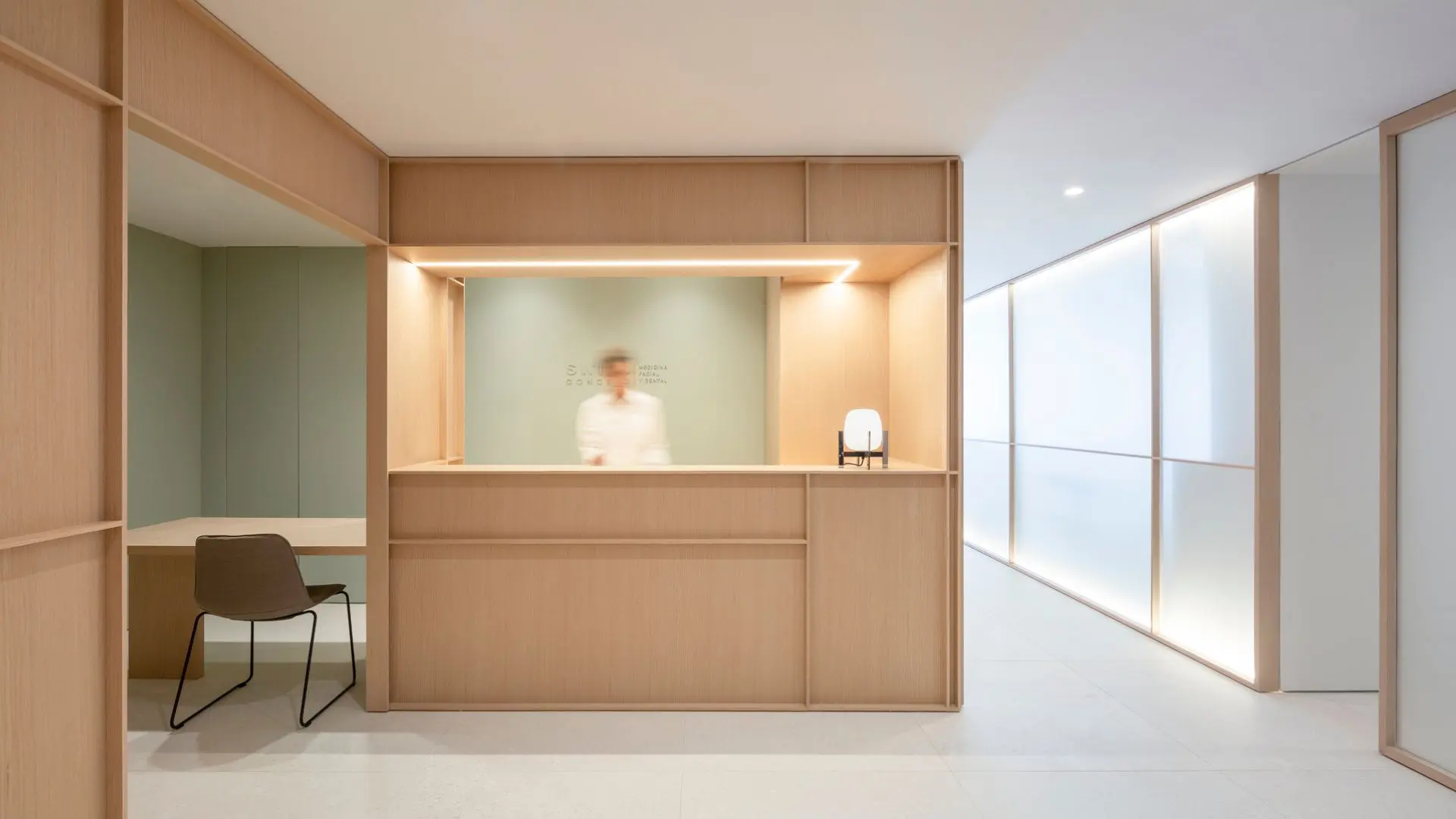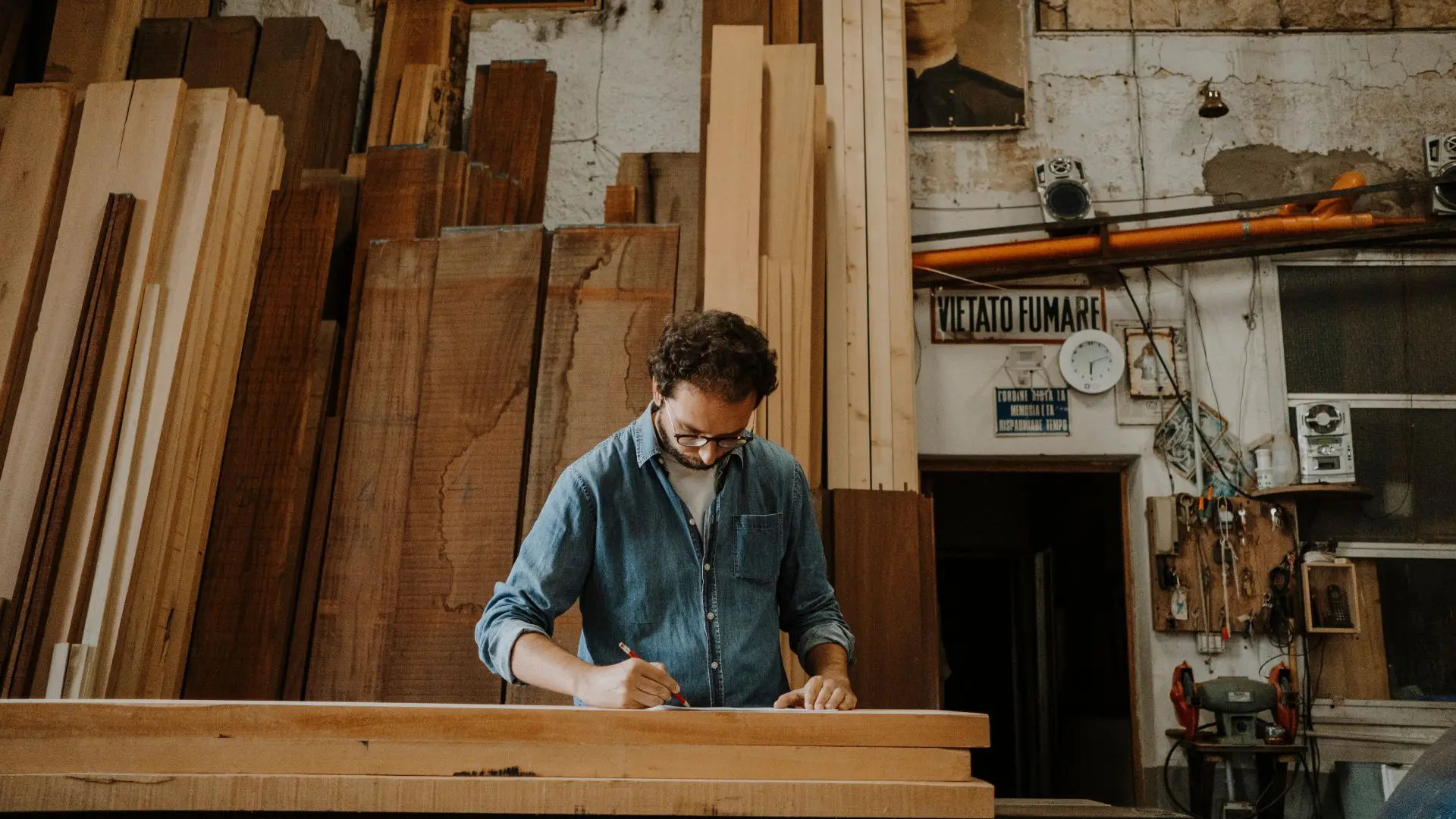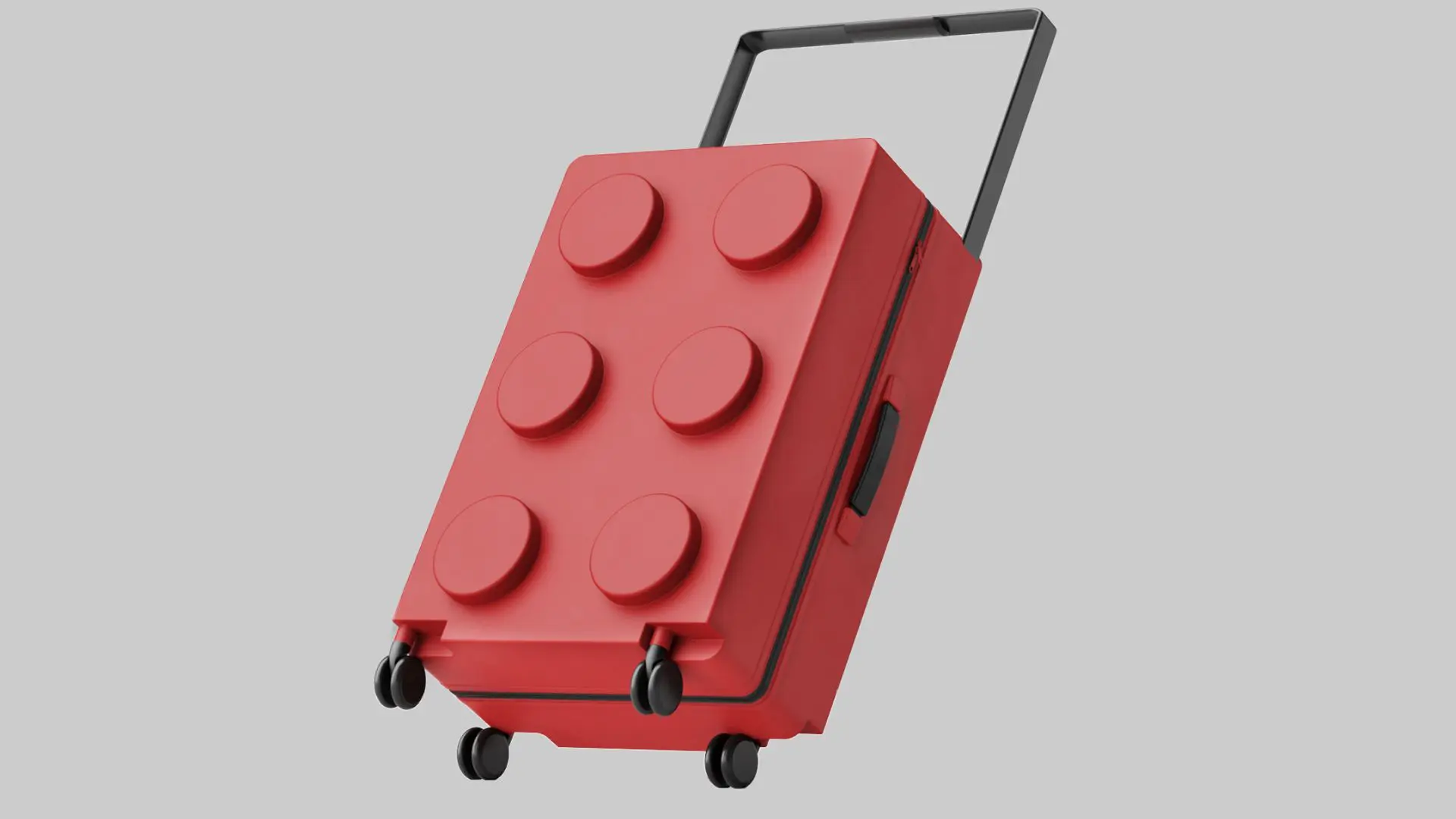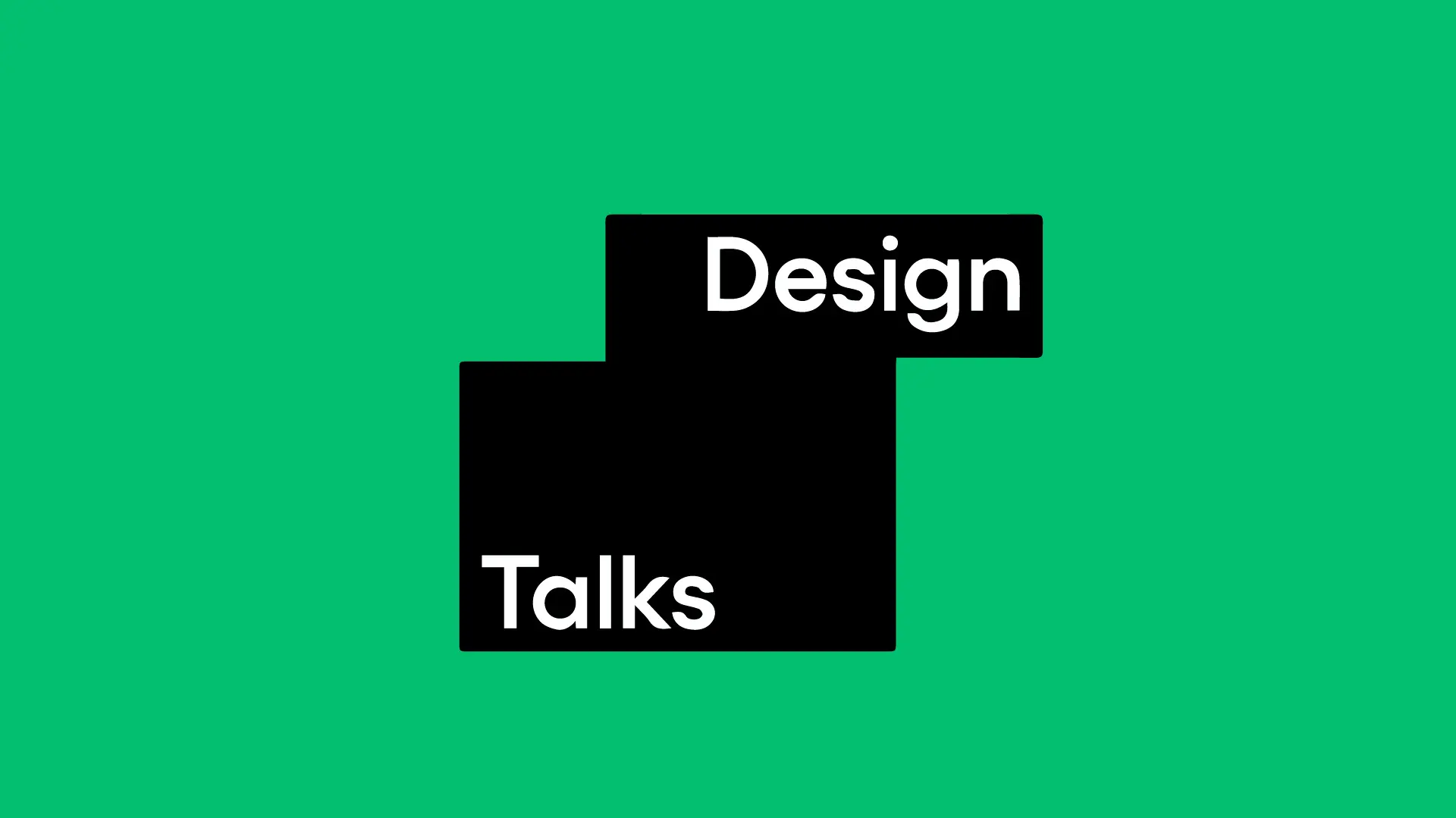Exploring the multifaceted world of industrial design: a comprehensive overview
Dive into the practical and imaginative field where everyday objects are transformed into user-friendly, visually appealing masterpieces. In this article, we provide answers to some of the most common questions that aspiring industrial designers often ponder
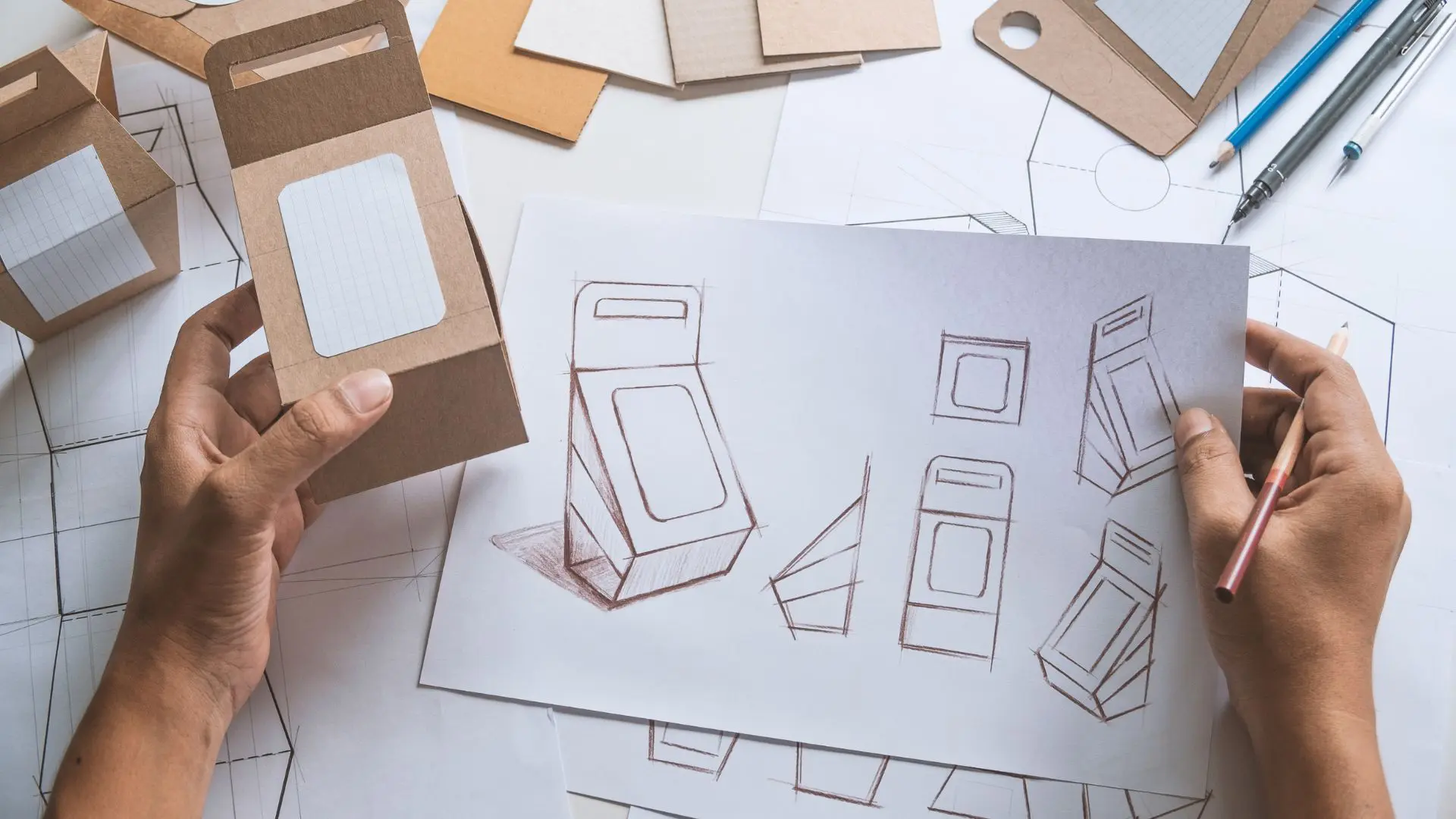
Discover the realm of industrial design and unlock a world of creative possibilities. As an aspiring industrial designer, you have the opportunity to shape the future by merging art, functionality, and problem-solving.
We explore the impact of industrial design on our lives, and share some insights on how you can channel your passion into a career that brings innovation and beauty to the forefront. Explore the power of design, develop your skills, and embark on a path that allows you to make a tangible difference in the world through industrial design.
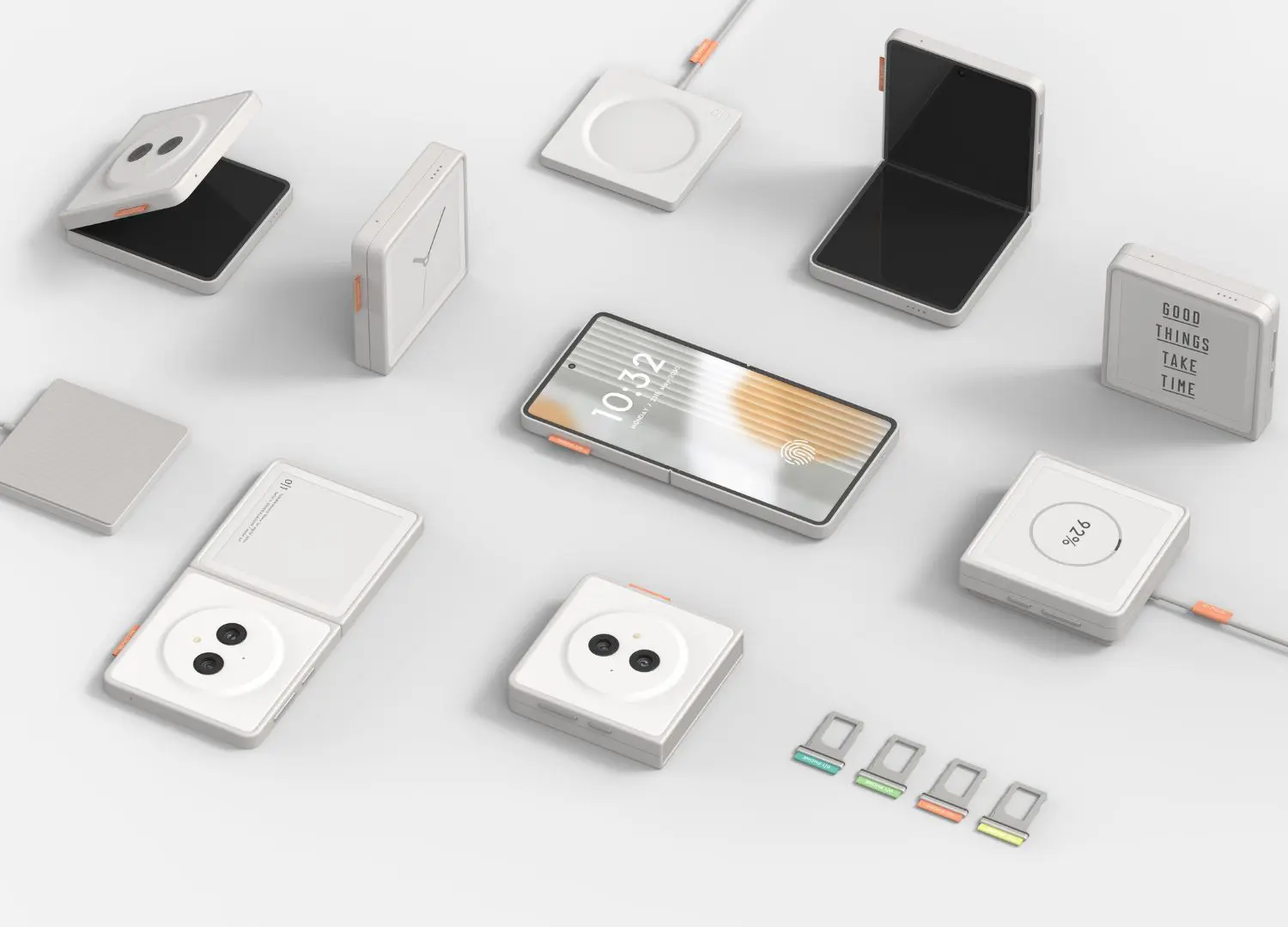
What is industrial design?
Industrial design is a fascinating field that blends creativity, functionality, and practicality to shape the objects we use in our daily lives. It’s all about finding innovative solutions to enhance the way products look, feel, and perform.
Think about the sleek lines of a smartphone, the ergonomic curves of a chair, or the intuitive layout of a kitchen appliance. Industrial designers are the masterminds behind these thoughtful designs, meticulously considering factors like usability, aesthetics, materials, and manufacturing processes.
Their goal is to create products that not only catch our eye but also seamlessly integrate into our lives, making them more enjoyable, efficient, and user-friendly. From sketching initial concepts to prototyping and refining, industrial designers are the driving force behind turning ideas into tangible, market-ready products that shape the world around us.
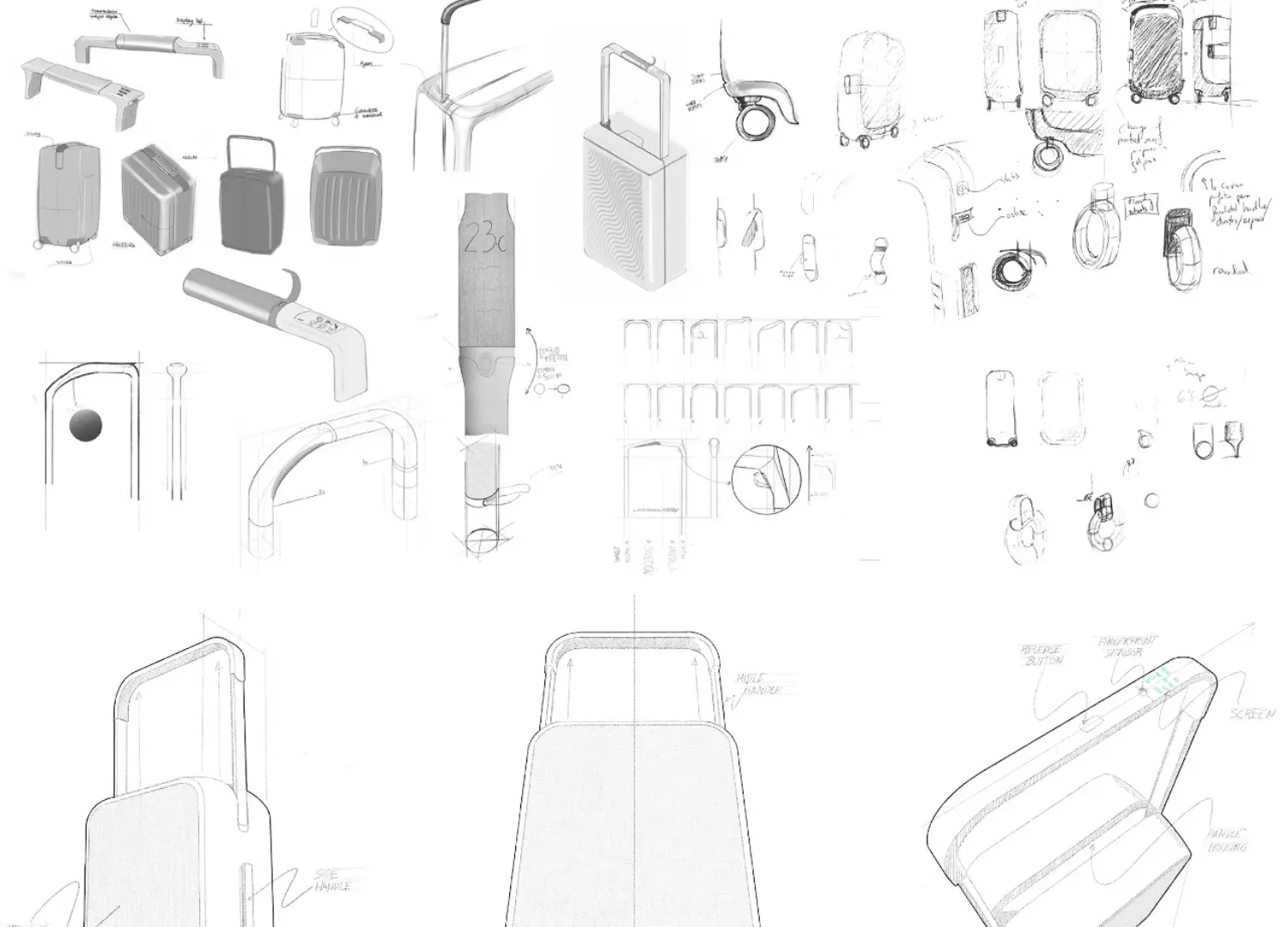
How does industrial design differ from other design disciplines?
Industrial design stands out among other design disciplines due to its specific focus on creating functional and aesthetically pleasing products for mass production. Unlike graphic design, which deals primarily with visual communication, or interior design, which focuses on shaping interior spaces, industrial design concentrates on the physical form and usability of everyday objects.
Industrial designers carefully balance form and function, considering factors like ergonomics, materials, and manufacturing processes to ensure their designs can be efficiently and economically produced on a large scale. While other design disciplines may prioritize artistic expression or conceptual ideas, industrial design takes a pragmatic approach, combining creativity with a deep understanding of user needs, market trends, and technological feasibility.
It’s this unique blend of practicality, aesthetics, and engineering that distinguishes industrial design and makes it an essential contributor to the creation of functional and visually appealing products that enrich our lives.

How to become an industrial designer?
Becoming an industrial designer requires a combination of passion, skills, and education. If you’re interested in pursuing a career in this field, there are several steps you can take.
First and foremost, develop your artistic and design abilities by honing your sketching, rendering, and visual communication skills. Familiarize yourself with design principles, materials, and manufacturing processes.
Pursuing a formal education in industrial design or a related field can provide you with a strong foundation and help you build a portfolio. Look for accredited design programs that offer coursework in areas such as product design, human factors, and CAD software.
Additionally, gaining hands-on experience through internships or apprenticeships can be invaluable for practical knowledge and networking opportunities. Stay curious and keep up with the latest industry trends and technologies.
Building a strong portfolio showcasing your design projects and creative problem-solving abilities will be crucial when applying for jobs in the field. Remember, becoming an industrial designer is a continuous journey of learning and growth, so embrace opportunities to refine your skills and push the boundaries of your creativity.
[ Read also Meet the most influential Product Designers of all time (so far) ]
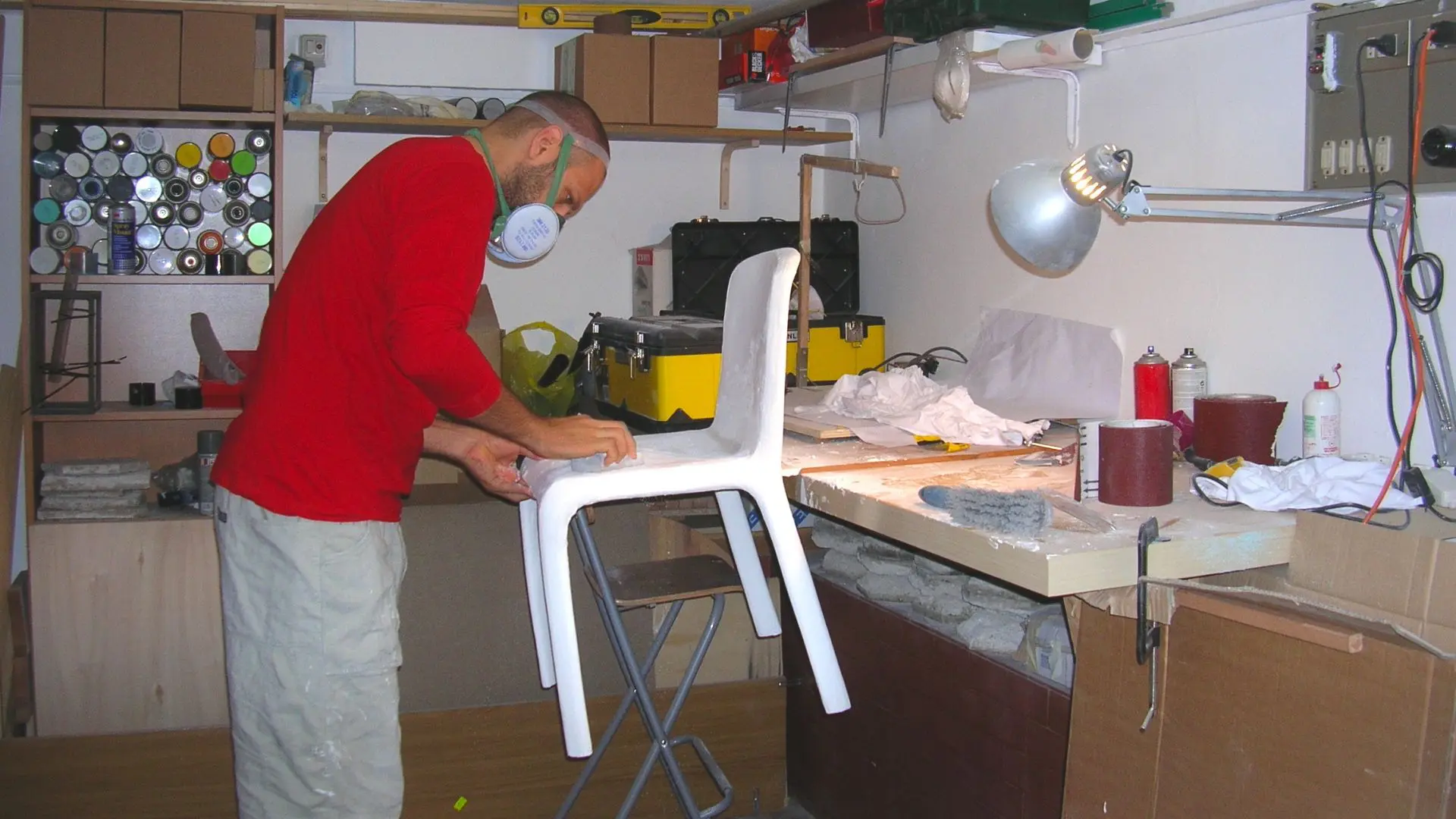
What skills are required to be a successful industrial designer?
To thrive as an industrial designer, a diverse set of skills is essential.
Firstly, strong creativity and a keen eye for aesthetics are vital to envisioning innovative and visually appealing designs. Proficiency in sketching and rendering helps communicate your ideas effectively. Moreover, a deep understanding of design principles and the ability to balance form and function is crucial.
Excellent problem-solving skills enable you to tackle design challenges and come up with practical solutions. Proficiency in computer-aided design (CAD) software is often necessary for creating precise and detailed technical drawings.
Effective communication skills are also valuable, as you’ll collaborate with clients, engineers, and manufacturers throughout the design process. Additionally, knowledge of materials, manufacturing processes, and ergonomics is crucial to ensure the feasibility and usability of your designs.
Being adaptable, open to feedback, and continuously learning about emerging technologies and industry trends will help you stay ahead in this ever-evolving field.
Ultimately, a successful industrial designer combines artistic talent, technical expertise, analytical thinking, and effective communication to bring innovative and functional designs to life.
[Read also In conversation with Paul Flowers, Chief Design Officer of LIXIL Global Design]
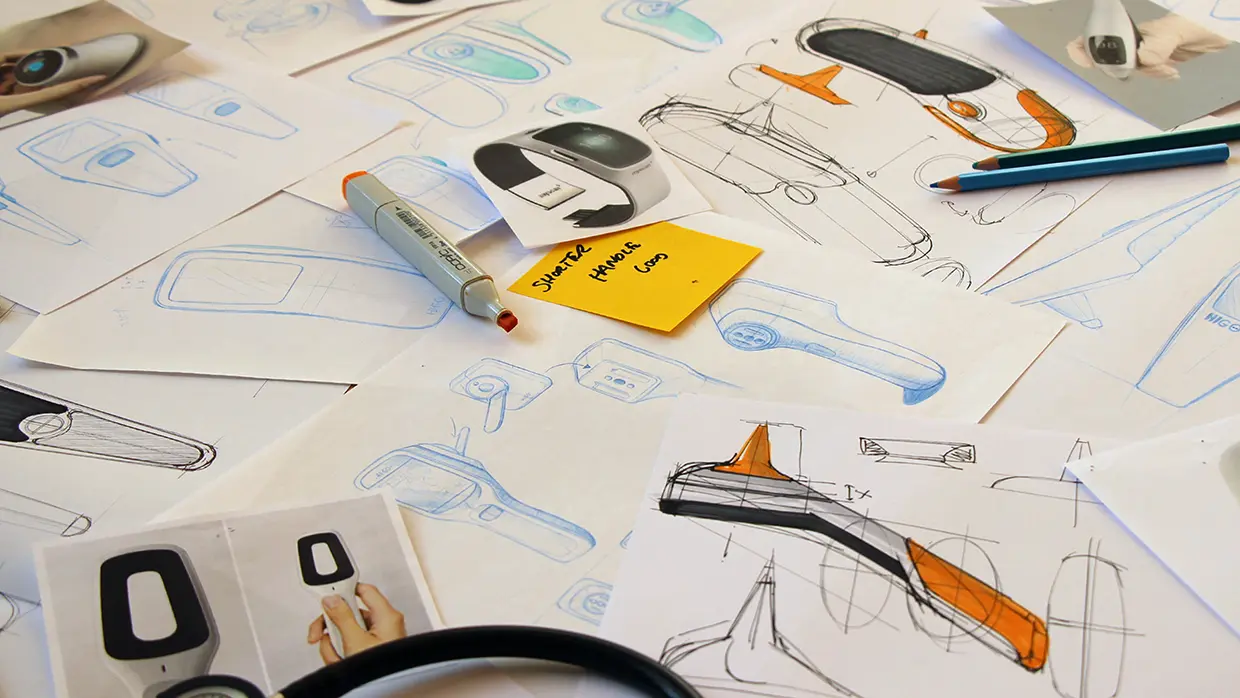
What is the role of industrial designers in innovation?
Industrial designers play a crucial role in driving innovation across industries. They possess a unique skill set that enables them to bridge the gap between creativity and practicality, bringing imaginative ideas to life.
They actively contribute to the innovation process by identifying user needs, conducting research, and envisioning novel solutions to complex problems. Through their expertise in aesthetics, ergonomics, and manufacturing processes, they transform concepts into tangible products that push the boundaries of design.
By collaborating with engineers, marketers, and stakeholders, industrial designers ensure that innovation is not only visionary but also viable and marketable. Their ability to integrate functionality, usability, and aesthetics helps create breakthrough products that resonate with users and disrupt the market.
Industrial designers are catalysts for change, shaping the future by introducing fresh perspectives, sustainable practices, and user-centric design. Their role in innovation extends beyond aesthetics, influencing the way we live, work, and interact with the world around us.
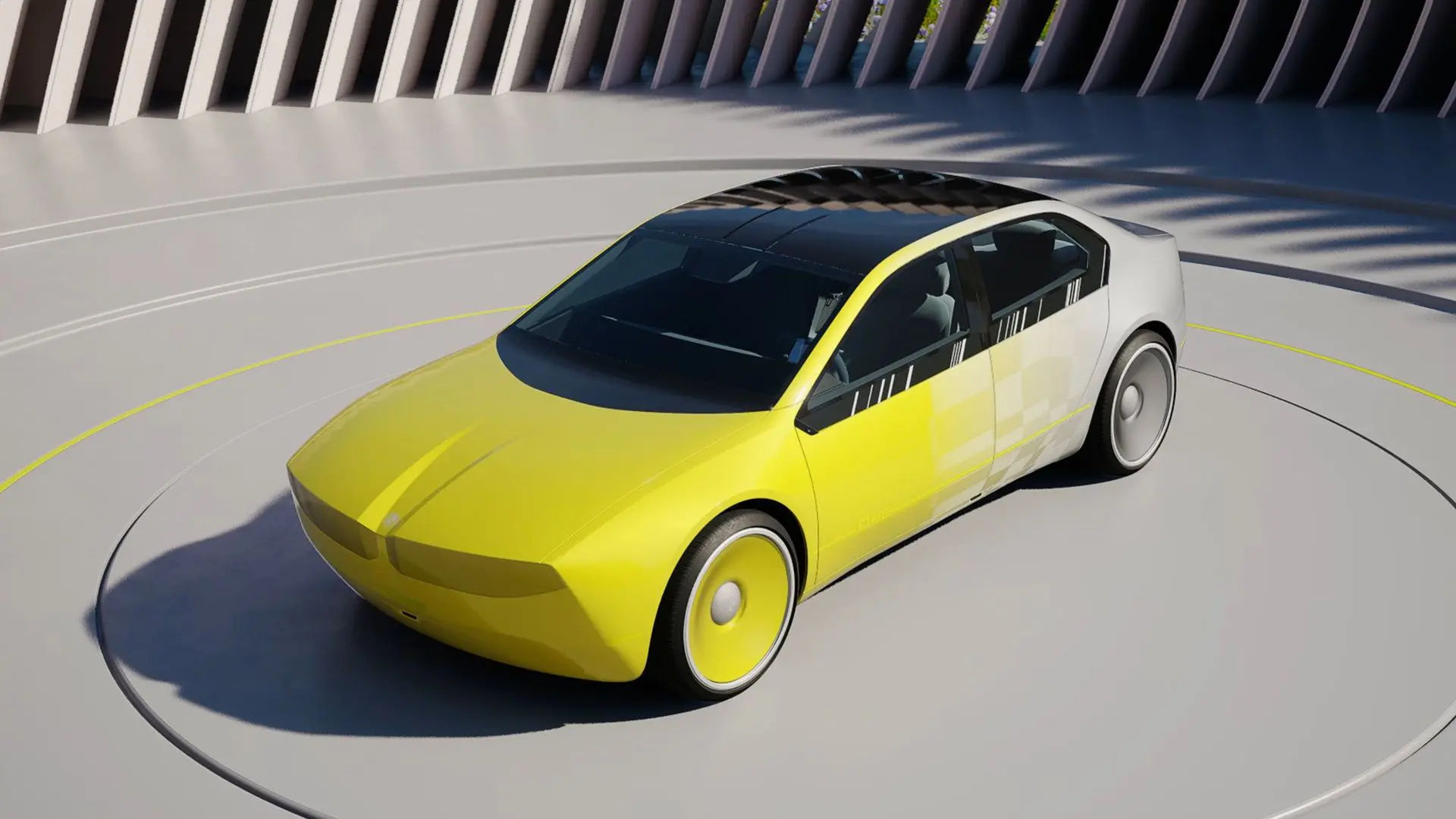
What is the role of sketching in industrial design?
Sketching plays a pivotal role in the world of industrial design. It serves as a powerful tool for visualizing ideas, exploring concepts, and communicating design intent. Through sketches, industrial designers can quickly and intuitively capture their thoughts, allowing them to brainstorm and iterate on various design possibilities.
Sketching helps to translate abstract ideas into tangible representations, enabling designers to evaluate form, proportions, and visual aesthetics. It aids in the refinement of details and the exploration of different design alternatives.
[ Read also From sketches to products – Interview with Begüm Tomruk of LIXIL Global Design ]
Moreover, sketches facilitate effective communication with clients, colleagues, and manufacturers, as they provide a clear visual language that transcends barriers. Sketches can convey not only the appearance of a product but also its functionality and user experience.
Additionally, sketching allows designers to express their creativity, showcasing their unique style and personal touch. While the industry has adopted digital tools, sketching by hand remains a fundamental skill, allowing designers to capture the essence of their ideas swiftly and organically. Overall, sketching is an invaluable medium for ideation, problem-solving, and effective communication in the field of industrial design.
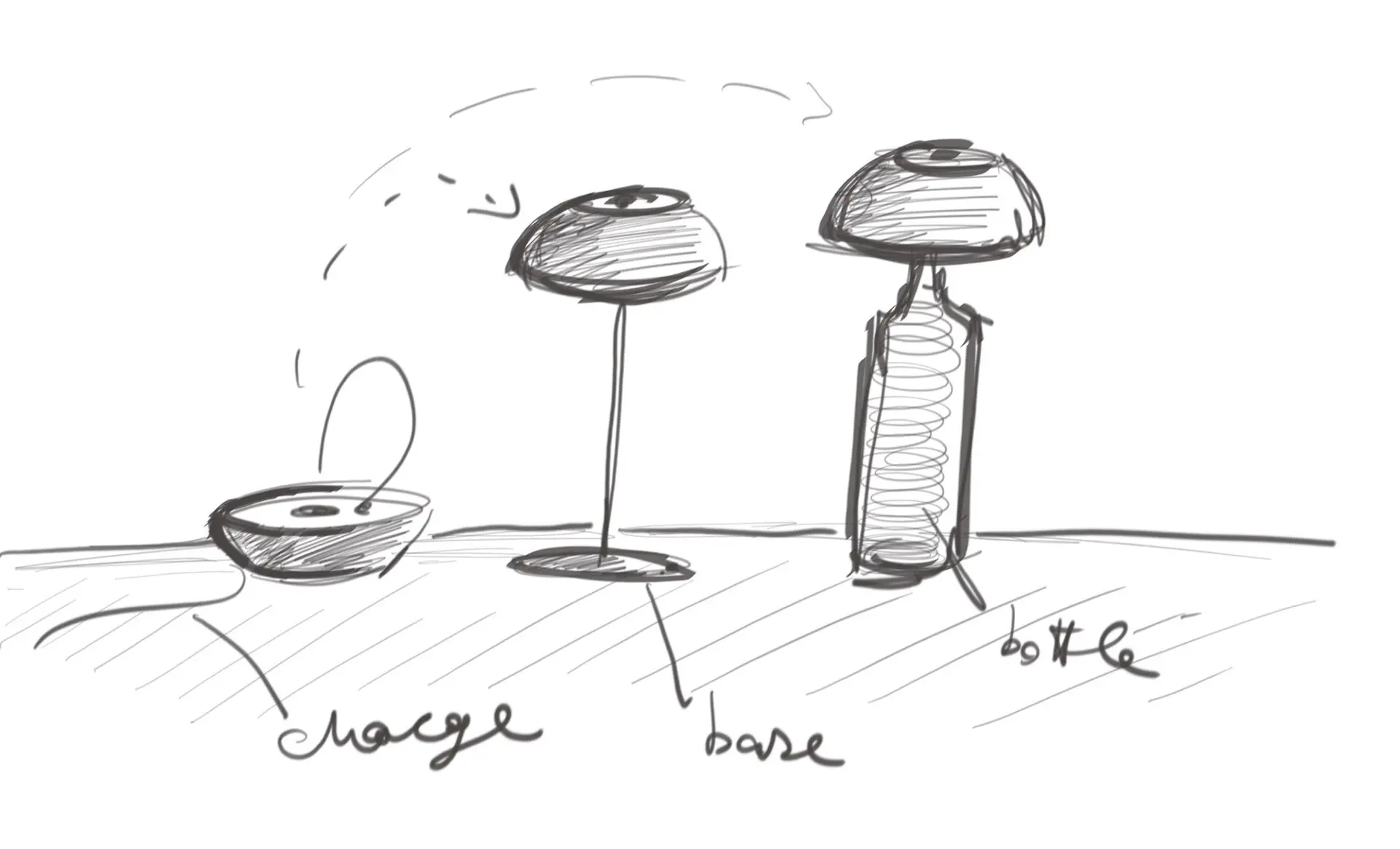
How important is prototyping in industrial design?
Prototyping holds tremendous significance in the realm of industrial design. It serves as a vital step in the design process, allowing designers to bring their ideas to life and evaluate their concepts in a tangible form.
Prototypes provide a hands-on experience, enabling designers to assess the functionality, ergonomics, and usability of their designs. By creating physical or digital prototypes, designers can test and refine their concepts, identifying potential flaws or areas for improvement.
Prototyping also plays a pivotal role in gathering feedback from users and stakeholders, facilitating valuable insights that guide the design iteration process. It allows for a more comprehensive understanding of how the product interacts with its environment and users, ultimately leading to enhanced user experiences.
Moreover, prototypes aid in communication with manufacturers, as they provide a concrete representation of the intended design, materials, and construction methods. This helps streamline the production process and ensures that the final product aligns with the designer’s vision. Overall, prototyping is an integral part of industrial design, enabling designers to validate their ideas, optimize functionality, and create products that fulfill user needs effectively.
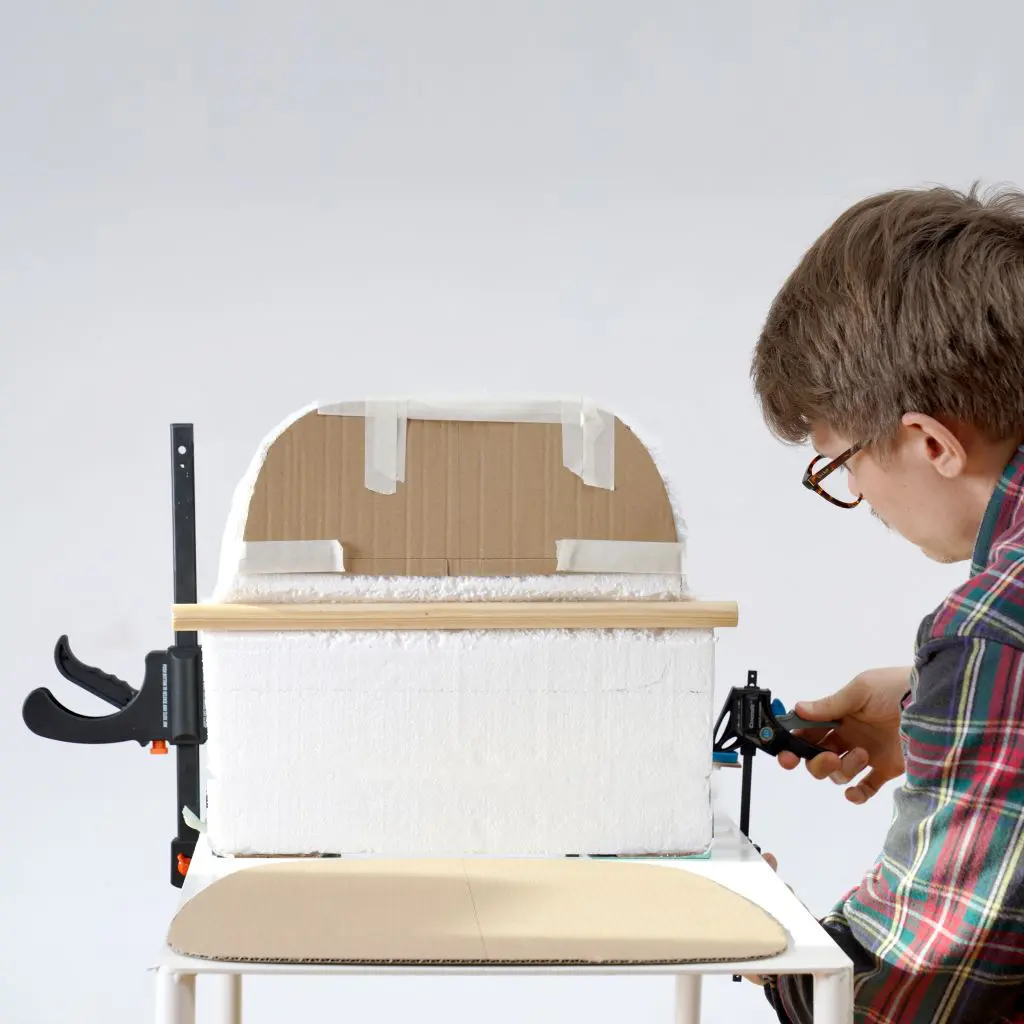
What is the role of Artificial Intelligence in industrial design?
Artificial Intelligence (AI) is revolutionizing the field of industrial design, playing a significant role in enhancing efficiency, creativity, and problem-solving. AI algorithms and tools are being leveraged to assist designers in various aspects of the design process.
For instance, AI-powered software can analyze vast amounts of data and user feedback to provide valuable insights into user preferences and market trends. This data-driven approach helps designers make informed decisions and create products that better meet user needs.
[ Read also Is AI bound to change how we design and create? ]
AI algorithms can also generate design variations and concepts based on specified criteria, expediting the ideation process and stimulating creativity. Moreover, AI-based simulation and modeling tools enable designers to evaluate the performance, ergonomics, and aesthetics of their designs in virtual environments, saving time and resources.
By automating repetitive tasks, such as generating technical drawings or conducting material research, AI streamlines the design workflow, allowing designers to focus on more strategic and innovative aspects.
However, it’s important to note that AI is a tool that complements human creativity and expertise, rather than replacing it. The role of AI in industrial design is to augment the designer’s capabilities, unlocking new possibilities and empowering them to push the boundaries of innovation.
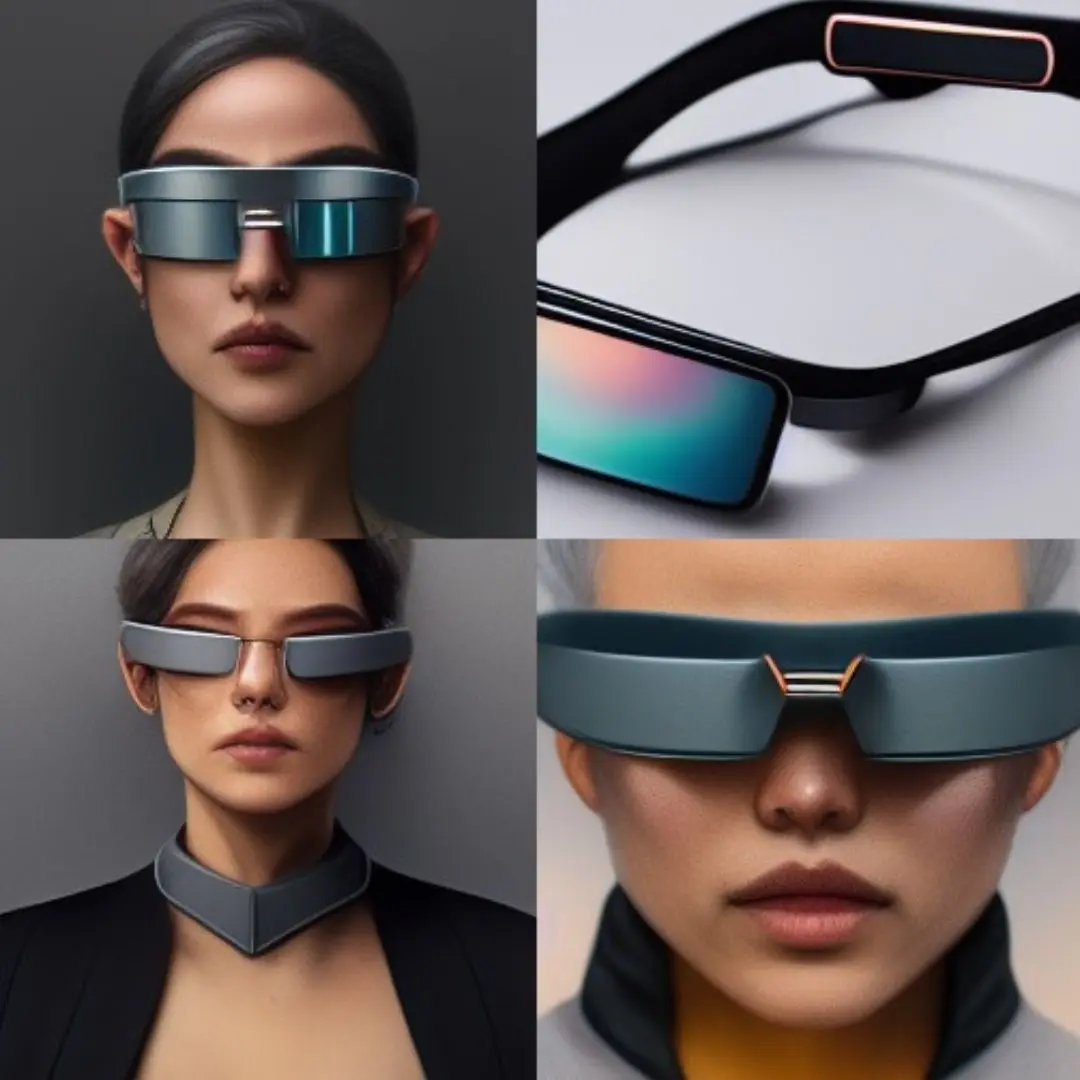
What software do industrial designers use?
Industrial designers utilize a range of software tools that empower them to bring their creative visions to life and streamline the design process.
- Computer-Aided Design (CAD) software such as SolidWorks, AutoCAD, and Rhino 3D are commonly employed to create precise and detailed digital models of products. These programs enable designers to explore different design iterations, make modifications, and generate accurate technical drawings.
- Rendering software like KeyShot or V-Ray helps transform CAD models into realistic visualizations, allowing designers to present their ideas with stunning visual impact.
- Additionally, 3D modeling software like Autodesk Fusion 360 or SketchUp aids in creating organic and complex shapes, facilitating the development of innovative designs.
- Graphic design software, including Adobe Illustrator and Photoshop, is used for creating visually appealing presentations and marketing materials.
- Furthermore, prototyping software such as Sketch or Figma helps designers create interactive and user-friendly digital prototypes.
While the specific software used may vary depending on individual preferences and project requirements, these tools collectively empower industrial designers to ideate, refine, and communicate their designs with efficiency and precision.

What are (currently) the best AI tools for industrial designers?
There are several AI tools that are highly regarded and commonly used by industrial designers. Here are some of the best AI tools in the field:
- Generative Design Software: tools like Autodesk Generative Design and nTopology enable designers to input design parameters and constraints, and then use AI algorithms to generate numerous design iterations, optimizing for factors such as weight reduction, material usage, or structural integrity.
- Virtual Reality (VR) and Augmented Reality (AR): VR and AR technologies, such as Gravity Sketch and SketchAR, allow designers to create and manipulate 3D models in immersive virtual environments. These tools enhance the design process, enabling designers to visualize and interact with their creations in a more intuitive and immersive manner.
- Design Recommendation Systems: AI-powered systems like DesignScape and Fontjoy analyze design patterns, user preferences, and historical data to provide suggestions and recommendations for design elements such as colors, fonts, and layouts. These tools assist designers in making informed design choices and enhancing the overall aesthetic appeal.
- Computer-Aided Design (CAD) Software with AI Features: established CAD software like Fusion 360 and SolidWorks have incorporated AI features into their platforms. These tools can automate repetitive tasks, predict design flaws, and optimize designs based on predefined criteria, improving efficiency and accuracy in the design process.
- Image and Object Recognition: AI-based image recognition tools like Google Vision API and Clarifai can analyze and categorize images, making it easier for designers to search for inspiration, identify trends, or locate relevant reference materials.
It’s worth noting that the best AI tools for industrial designers may vary depending on specific project requirements, personal preferences, and the availability of emerging technologies. It’s always advisable to explore and experiment with different tools to find the ones that best align with your needs and enhance your design workflow.

Conclusion
Studying industrial design offers a multitude of compelling reasons to embark on this path. From the sleek lines of cutting-edge technology to the ergonomic curves of everyday objects, industrial designers play a vital role in creating products that seamlessly integrate into our daily experiences.
With a keen eye for aesthetics, a deep understanding of user needs, and a mastery of design principles, industrial designers bring innovative ideas to life. Through sketching, prototyping, and collaboration, they transform concepts into tangible, market-ready products that enhance usability and ignite our imagination.
Whether it’s designing sustainable solutions, revolutionizing transportation, or crafting intuitive interfaces, industrial designers have the power to shape the future. As we continue to advance technologically and embrace new challenges, the role of industrial design will remain pivotal in creating products that not only meet our needs but also evoke emotion and delight.
The world of industrial design holds endless possibilities, waiting for the next generation of designers to leave their mark and shape the world we inhabit.



